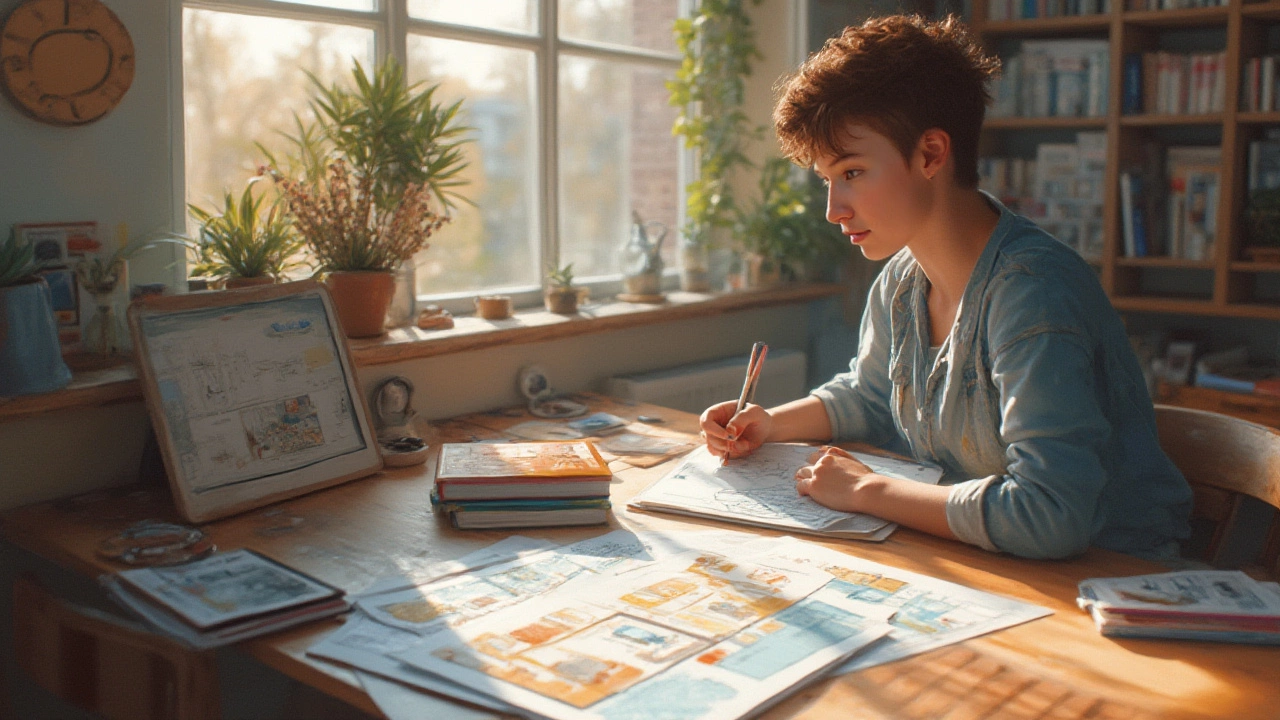How to Become an Interior Designer: A Straight‑Forward Guide
If you love picking colours, arranging furniture, and turning rooms into spaces people love, a career in interior design could be yours. You don’t need a magic formula – just a clear plan, the right training, and a portfolio that shows what you can do.
Learn the Basics and Get Trained
The first move is to understand what interior designers actually do. It’s more than decorating – you’ll need to measure spaces, read basic building codes, and know how materials behave. Many start with a short course at a local college or an online programme. Look for courses that cover colour theory, space planning, and drafting software like SketchUp or AutoCAD. If you can, aim for a recognised qualification such as a BTEC or an HND – employers see those as solid proof of competence.
Build a Portfolio That Shows Your Style
Your portfolio is the ticket to any interview. Start by redesigning a room in your own house or helping a friend. Photograph the before and after, write a short brief about the client’s needs, and explain the choices you made. Include a mix of real projects and imaginative sketches – this shows you can both execute and think creatively. Keep the layout clean, use high‑quality images, and add brief captions. When you’re ready, host the portfolio on a simple website or a platform like Behance so recruiters can view it instantly.
Next, get hands‑on experience. Internships at design studios or interior fit‑out companies give you a look at the day‑to‑day workflow. Even a few weeks of shadowing a senior designer can teach you how to talk to contractors, manage budgets, and handle client feedback. If an internship isn’t available, offer to help on a small local project for free – the experience and the reference are worth the short‑term cost.
Networking is a big part of landing your first job. Join local design groups, attend trade shows, and follow interior design blogs for the latest trends. Sites that cover topics like “Scatter Cushion Rules” or “Creative Storage Solutions” can give you fresh ideas to discuss with potential employers. When you meet someone in the industry, ask for a coffee chat – a quick conversation can turn into a mentorship or a job lead.
Finally, stay current. Interior design moves fast – new materials, sustainable finishes, and colour palettes change each season. Subscribe to a couple of industry magazines, watch YouTube tutorials, and experiment with the tools you learn about. The more up‑to‑date you are, the more confident you’ll feel presenting ideas to clients.
Becoming an interior designer is a step‑by‑step process: learn the basics, get qualified, build a strong portfolio, gain real‑world experience, and keep networking. Follow these steps, stay curious, and you’ll be on your way to turning rooms – and careers – into something beautiful.
How Many Years of College to Become an Interior Designer? Career Path and Education Guide
- Gavin Whitaker
- |
- |
- 0
Find out how many years of college you need to become an interior designer, which degrees matter, and other real-life ways to break into this creative job.
View more